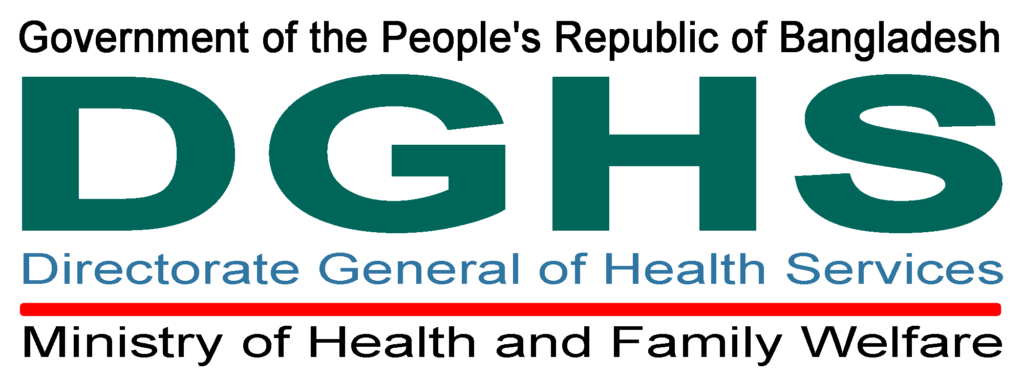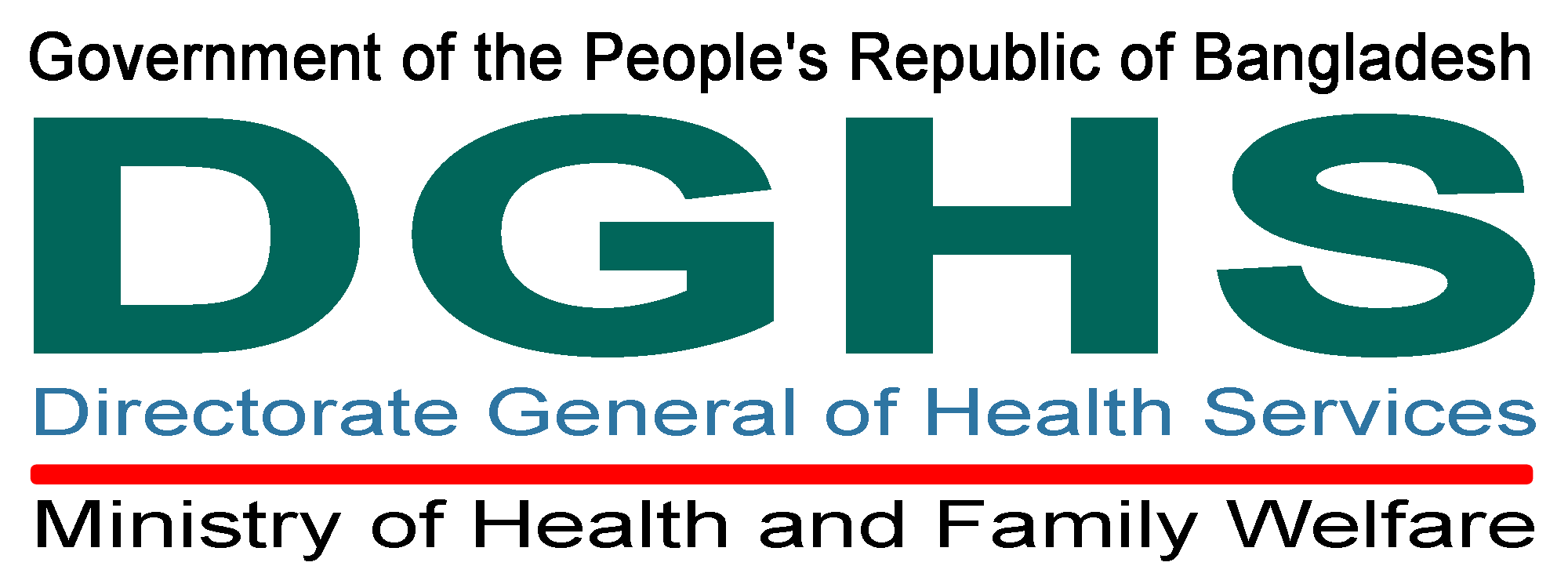Abstract:
This research paper explores the transformative impact of the Facility Registry within Share Health Record Bangladesh. As an integral component of the platform, the Facility Registry is examined for its role in streamlining healthcare operations, optimizing resource allocation, and enhancing overall efficiency. This paper provides a comprehensive analysis of the Facility Registry’s contribution to a more connected and effective healthcare ecosystem in Bangladesh.
Introduction:
In the pursuit of a more efficient and patient-centric healthcare system, Share Health Record Bangladesh has introduced the Facility Registry as a key feature. This registry aims to optimize healthcare operations by providing a centralized hub for managing and accessing critical information about healthcare facilities across the country.
Streamlining Resource Allocation:
A core function of the Facility Registry is the optimization of resource allocation within healthcare institutions. By centralizing information about available resources, such as medical equipment, personnel, and bed capacities, healthcare providers can make informed decisions about resource utilization. This streamlined approach minimizes inefficiencies, reduces bottlenecks, and ensures that resources are allocated where they are needed most.
Enhancing Appointment Scheduling:
The Facility Registry within Share Health Record Bangladesh plays a pivotal role in appointment scheduling. Integrated into the platform, the registry allows healthcare providers to manage and coordinate appointment slots efficiently. Patients benefit from reduced wait times and a more organized scheduling process, leading to an overall improvement in the patient experience and satisfaction.
Optimizing Workflow:
Facility Registry contributes to operational efficiency by optimizing workflow within healthcare institutions. Through real-time updates on patient admissions, discharges, and transfers, healthcare providers can adapt their workflows to current demand. This adaptability reduces delays, enhances communication among healthcare professionals, and ensures a smoother overall operation of healthcare facilities.
Improving Data Accessibility:
One of the key advantages of the Facility Registry is its role in improving data accessibility. By consolidating information about healthcare facilities, the registry ensures that healthcare providers have quick and easy access to essential data. This accessibility is crucial for making informed decisions, especially in emergency situations where timely information can be a matter of life and death.
Patient-Centric Care:
The Facility Registry aligns with Share Health Record Bangladesh’s commitment to patient-centric care. By streamlining operations, reducing wait times, and enhancing overall efficiency, the registry contributes to a healthcare system that prioritizes the well-being and satisfaction of patients. This patient-centric approach is essential for building trust and confidence in the healthcare system.
Data Security and Compliance:
Incorporating robust security measures, the Facility Registry within Share Health Record Bangladesh ensures the confidentiality and integrity of healthcare data. Compliance with privacy regulations is a top priority, instilling trust among patients and healthcare providers alike. This commitment to data security is fundamental to the success and widespread adoption of the Facility Registry.
Conclusion:
The Facility Registry within Share Health Record Bangladesh emerges as a pivotal tool in the optimization of healthcare operations. By streamlining resource allocation, enhancing appointment scheduling, and improving overall workflow, the registry contributes to a more efficient, patient-centric, and secure healthcare ecosystem. As Bangladesh continues its journey toward a modern and connected healthcare landscape, the Facility Registry stands out as a key enabler of positive change and operational excellence.










